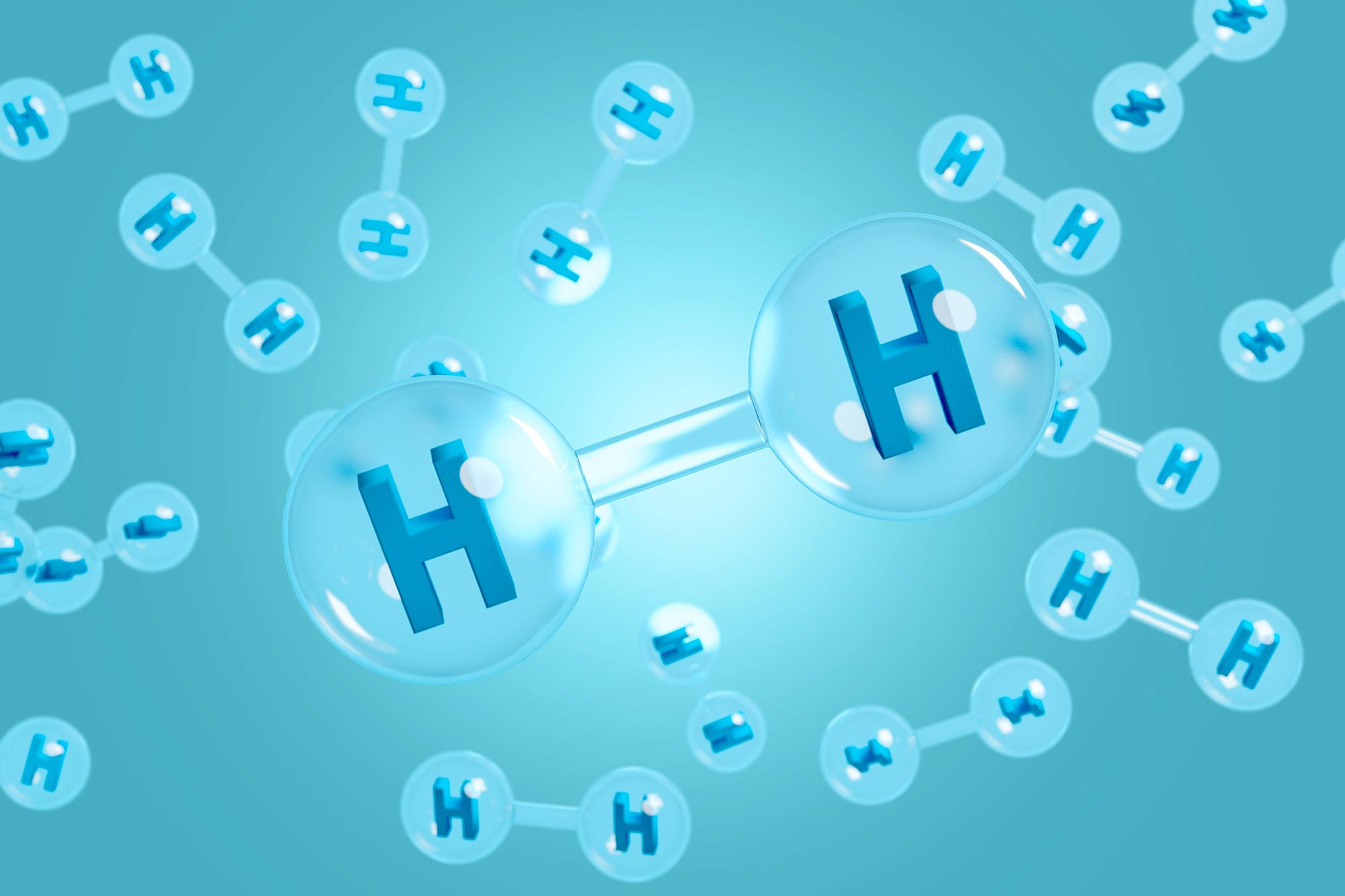Hydrogen traps can be introduced into the material microstructure to immobilize or trap absorbed hydrogen, limiting the amount of hydrogen participating in the embrittling process. This study finds that adding the chemical element molybdenum to steel reinforced with Ti-carbides markedly enhances its ability to trap hydrogen.
https://www.nature.com/articles/s41467-024-45017-4 (open access)
That’s a big deal if true. Hydrogen is a pain to store.
After the story of the blue LED, it just makes me wonder who will find this solution, and my bet is not with conventional thinking based and/or investor driven corporations. In our current industrial and corporate environment, most likely it’s going to be a smaller organization with more radical thinking and forgiving financial metrics that allows exploration in a true R&D based sense.
I hadn’t heard about the challenges involving storing hydrogen, so I’m finding this kind of interesting!
From my total layman appreciation of the article, it sounds like the issue is that within a containment vessel, the hydrogen, being the smallest atom, has a tendency to find every pit, gap, and crack. Which leads to embrittleing.
I’m a little confused here. What causes the actual embrittleing? Do they hydrogen molecules try to combine with other molecules and then it erodes the material?
It seems to be a complex mixture of mechanisms. You can first check the Wikipedia article: https://en.m.wikipedia.org/wiki/Hydrogen_embrittlement And this is a review article on the mechanisms in steel (it’s from scihub so it should open): https://sci-hub.53yu.com/
Hey thanks, it looks like the main issue is that it literally leaks and diffuses into the material.
From there it forms hydrides/voids and thus tiny pressure differentials which aid in cracking.
When it’s not doing that, being suspended in the material simply changes the underlying materials’ ductility in different ways under different conditions.
Looks very fascinating and all centered around the idea that the hydrogen atom is so tiny, it “fills in the holes” of other materials and wreaks havoc.
This is my understanding from again, a layperson perspective, but I did find it the links interesting!



